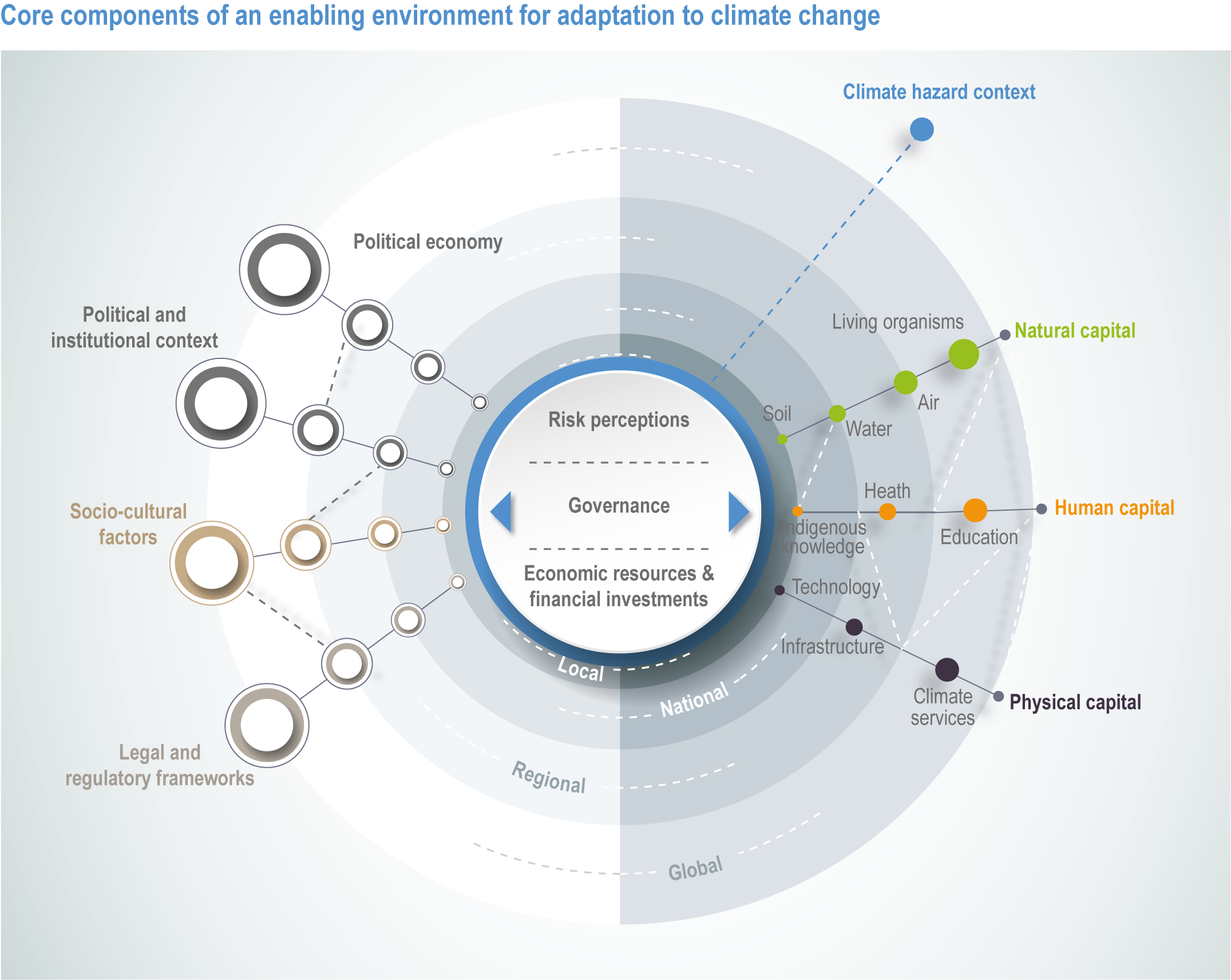The Disparities in Vulnerability to Global Warming Impacts

Disparities in vulnerability to the impacts of global warming arise due to differences in geographic location, socioeconomic status, health, and access to resources. These disparities mean that certain populations are more susceptible to the adverse effects of climate change. Here’s an in-depth look at the factors contributing to these disparities:
Geographic Disparities
-
Coastal and Island Communities:
- Sea Level Rise: Coastal and island communities are highly vulnerable to sea level rise, leading to flooding, erosion, and loss of land. This can result in displacement and loss of livelihoods.
- Storm Surges: Increased intensity of storms and hurricanes can cause devastating storm surges, impacting infrastructure, homes, and livelihoods.
-
Arid and Semi-Arid Regions:
- Water Scarcity: Regions with limited water resources are more vulnerable to droughts, which can affect agriculture, drinking water supply, and sanitation.
- Desertification: Increased temperatures and changing precipitation patterns can exacerbate desertification, reducing arable land and threatening food security.
-
Urban Areas:
- Urban Heat Islands: Cities often experience higher temperatures than surrounding rural areas due to the urban heat island effect, increasing the risk of heat-related illnesses.
- Air Pollution: Higher temperatures can worsen air pollution, impacting respiratory health, particularly in densely populated urban areas.
Socioeconomic Disparities
-
Low-Income Communities:
- Resource Access: Low-income communities often have limited access to resources such as healthcare, clean water, and nutritious food, making them more vulnerable to the health impacts of climate change.
- Infrastructure Quality: Poorer communities frequently reside in areas with inadequate infrastructure, making them more susceptible to damage from extreme weather events.
-
Developing Countries:
- Adaptive Capacity: Developing countries typically have fewer financial and technological resources to invest in climate adaptation and mitigation measures.
- Economic Dependence on Climate-Sensitive Sectors: Many developing countries rely heavily on agriculture, fisheries, and tourism, which are particularly vulnerable to climate change impacts.
Health Disparities
-
Pre-Existing Health Conditions:
- Chronic Illnesses: Individuals with chronic conditions such as heart disease, diabetes, and respiratory illnesses are more susceptible to the exacerbated effects of heat, poor air quality, and stress from extreme weather events.
- Disability and Mobility Issues: People with disabilities or limited mobility may find it harder to evacuate during disasters and access necessary health services during and after such events.
-
Age:
- Elderly: Older adults are more vulnerable to heat-related illnesses, respiratory issues, and the stress of extreme weather events due to physiological and social factors.
- Children: Children are particularly susceptible to the effects of malnutrition, waterborne diseases, and heat due to their developing bodies and immune systems.
Social and Cultural Disparities
-
Indigenous Peoples:
- Cultural Practices: Indigenous communities often have a close relationship with their environment, relying on traditional practices for food, medicine, and cultural activities. Climate change can disrupt these practices and threaten their way of life.
- Land Rights: Indigenous peoples may face legal and political challenges in securing land rights, making it harder for them to adapt to changing environmental conditions.
-
Gender:
- Gender Roles: Women often bear a disproportionate burden of climate change impacts due to traditional gender roles, such as gathering water and food, which become more difficult with environmental changes.
- Access to Resources: Women in many parts of the world have less access to education, financial resources, and decision-making power, limiting their ability to adapt to climate impacts.
Environmental Justice
-
Environmental Racism:
- Pollution Exposure: Minority communities often live in areas with higher levels of pollution and hazardous waste sites, which can be exacerbated by climate change.
- Access to Green Spaces: Lack of access to green spaces and safe recreational areas can increase vulnerability to heat and reduce opportunities for physical activity and mental health benefits.
-
Policy and Advocacy:
- Representation: Marginalized groups often have less representation in policy-making processes, resulting in their needs and vulnerabilities being overlooked in climate adaptation and mitigation strategies.
- Funding: Unequal distribution of climate adaptation funding can leave vulnerable communities without the necessary resources to protect themselves from climate impacts.
Mitigation and Adaptation Strategies
-
Inclusive Policy-Making:
- Community Involvement: Ensuring that vulnerable populations have a voice in climate policy decisions can lead to more effective and equitable adaptation strategies.
- Targeted Funding: Allocating resources to the most vulnerable communities can help build resilience and reduce disparities.
-
Capacity Building:
- Education and Training: Providing education and training on climate resilience and adaptation can empower vulnerable communities to protect themselves.
- Infrastructure Improvement: Investing in resilient infrastructure, such as flood defenses and heat-resistant buildings, can reduce the vulnerability of low-income and marginalized communities.
-
Health Interventions:
- Healthcare Access: Improving access to healthcare and strengthening health systems can help communities cope with the health impacts of climate change.
- Early Warning Systems: Implementing early warning systems for extreme weather events can reduce health risks by providing timely information for evacuation and preparation.
By understanding and addressing the disparities in vulnerability to global warming impacts, we can develop more targeted and effective strategies to protect those most at risk and promote environmental justice.
Thank you,
